The Role of Decentralized Oracles in Web3
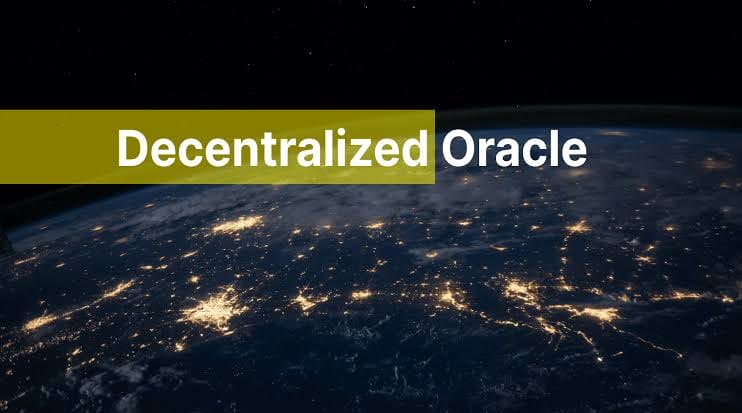
In the rapidly evolving landscape of Web3, where decentralized systems redefine trust, transparency, and interaction, oracles serve as essential infrastructure. Oracles act as bridges, connecting blockchain networks—immutable yet inherently isolated ledgers—with real-world data and external systems. In this article, we shall explore the pivotal role of decentralized oracles, particularly in decentralized finance (DeFi) and smart contracts, and their significance in unlocking the full potential of Web3 ecosystems.
What Are Oracles?
Oracles are third-party services or protocols that provide blockchains with external data or computational capabilities. Blockchains, by design, are deterministic and self-contained, meaning they cannot natively access off-chain information like stock prices, weather data, or API outputs. Oracles address this challenge by fetching, verifying, and delivering real-world data to on-chain smart contracts.
There are two primary types of oracles:
- Centralized Oracles: Operated by a single entity, these are efficient but introduce a single point of failure and trust dependency.
- Decentralized Oracles: These leverage multiple independent nodes or sources to provide data, aligning with the trustless ethos of Web3.
Decentralized oracles are the cornerstone of Web3 applications. They mitigate risks associated with centralization, such as manipulation or downtime, ensuring reliability and security.
Bridging Blockchain and Real-World Data
Smart contracts—the self-executing agreements powering Web3—rely on accurate and timely data to function. For example:
- A DeFi lending protocol needs real-time asset prices to determine collateral ratios.
- An insurance smart contract requires weather data to trigger payouts for crop failures.
- A supply chain dApp might need IoT sensor data to verify delivery conditions.
Without oracles, these use cases would be impossible, as blockchains cannot directly query APIs or external databases. Decentralized oracles solve this by:
- Data Aggregation: Collecting data from multiple sources (e.g., APIs, exchanges, or IoT devices) to ensure accuracy.
- Consensus Mechanisms: Using techniques like majority voting or staking to validate data and prevent manipulation.
- On-Chain Delivery: Securely transmitting verified data to smart contracts for execution.
By enabling blockchains to interact with the outside world, oracles unlock a vast array of applications, from financial markets to gaming and governance.
Decentralized Oracles in Decentralized Finance (DeFi)
DeFi, one of the most prominent sectors of Web3, relies heavily on oracles. DeFi protocols manage billions in assets through lending, borrowing, trading, and yield farming—all powered by smart contracts that require precise, real-time data. Key roles of decentralized oracles in DeFi include:
- Price Feeds: Protocols like Aave, Compound, and Synthetix depend on accurate price feeds to calculate collateral values, liquidations, or synthetic asset prices. Decentralized oracles like Chainlink and Band Protocol aggregate price data from multiple exchanges, reducing the risk of manipulation (e.g., flash loan attacks).Example: As of 2025, Chainlink’s price feeds provide tamper-resistant data for over $50 billion in DeFi assets.
- Risk Management: Oracles ensure that over-collateralized loans remain solvent by updating asset prices in real time. In under-collateralized lending, oracles can verify off-chain credit scores or reputation data, expanding DeFi’s accessibility.
- Cross-Chain Interoperability: As DeFi expands across multiple blockchains (e.g., Ethereum, Solana, Polkadot), oracles facilitate cross-chain data sharing, enabling seamless asset transfers and liquidity.
The decentralized nature of these oracles ensures that DeFi protocols remain trustless, resilient, and resistant to single points of failure—critical factors for user confidence and adoption.
Oracles and Smart Contracts
Smart contracts are the backbone of Web3, automating agreements without intermediaries. Oracles enhance their functionality by enabling conditional execution based on real-world events. Key contributions include:
- Dynamic Triggers: Oracles allow smart contracts to execute based on external conditions, such as a sports betting contract paying out when a game concludes, or a prediction market settling based on election results.Example: Augur, a decentralized prediction market, uses oracles to resolve outcomes trustlessly.
- Scalability: Oracles offload complex computations (e.g., machine learning or cryptographic verifications) to off-chain environments, reducing gas costs and improving efficiency. Chainlink’s Cross-Chain Interoperability Protocol (CCIP) enables smart contracts to communicate across blockchains, expanding their scope.
- Security: Decentralized oracles employ cryptographic signatures, reputation systems, and economic incentives (e.g., staking) to ensure data integrity. This prevents “oracle attacks,” where malicious data could trigger unintended contract behavior.
By making smart contracts context-aware, oracles transform them into versatile tools for automation, governance, and innovation.
Challenges of Decentralized Oracles
Despite their importance, decentralized oracles face challenges that must be addressed to ensure Web3’s growth:
- Data Quality and Reliability: Oracles rely on external data sources, which may be incomplete, outdated, or manipulated.Solution: Protocols like Chainlink use multiple data providers and reputation-weighted consensus to enhance reliability.
- Centralization Risks: Some “decentralized” oracles may still depend on a small number of nodes or data sources, creating vulnerabilities.Solution: Increasing node diversity and incentivizing participation through staking or rewards can help mitigate this.
- Cost: Running decentralized oracle networks can be expensive due to node operation and gas fees.Solution: Layer-2 scaling solutions and optimized data delivery (e.g., Chainlink’s Data Feeds) reduce costs.
- Security: Oracles are high-value targets for attackers, as compromised data can lead to significant financial losses.Solution: Robust security measures, such as time-locked updates and slashing mechanisms, deter malicious behavior.
Leading Decentralized Oracle Protocols
Several protocols are leading the decentralized oracle space, each contributing unique features to Web3:
- Chainlink: The most widely adopted oracle network, known for secure price feeds, verifiable randomness (VRF), and cross-chain capabilities.
- Band Protocol: Focuses on cost-efficient data delivery for DeFi and dApps, with a lightweight consensus model.
- Tellor: A permissionless oracle where miners compete to provide data, emphasizing decentralization.
- API3: Connects APIs directly to blockchains, reducing reliance on intermediaries.
These protocols compete and collaborate to enhance the reliability, scalability, and accessibility of oracle services, driving Web3 adoption.
The Future of Decentralized Oracles in Web3
As Web3 matures, decentralized oracles will play an increasingly vital role in bridging the physical and digital worlds. Emerging trends include:
- Integration with AI and IoT: Oracles will enable smart contracts to process data from AI models or IoT devices, powering applications in healthcare, logistics, and smart cities.
- Zero-Knowledge Oracles: Combining zero-knowledge proofs with oracles will enhance privacy, allowing sensitive data to be used without exposure.
- Decentralized Identity: Oracles will verify real-world identities or credentials for Web3 applications, enabling compliant DeFi and governance systems.
- Mass Adoption: As oracles become more efficient and cost-effective, they will support mainstream use cases, from tokenized real estate to decentralized social networks.
Conclusion
Decentralized oracles are the unsung heroes of Web3, enabling blockchains to transcend their isolation and interact with the real world. By providing secure, reliable, and trustless data, they empower DeFi protocols, smart contracts, and dApps to deliver on the promise of a decentralized internet. Despite the challenges, ongoing innovations in oracle design and integration are paving the way for a future where Web3 seamlessly connects digital and physical ecosystems. As the backbone of this connectivity, decentralized oracles will remain indispensable to the growth and success of Web3.
References

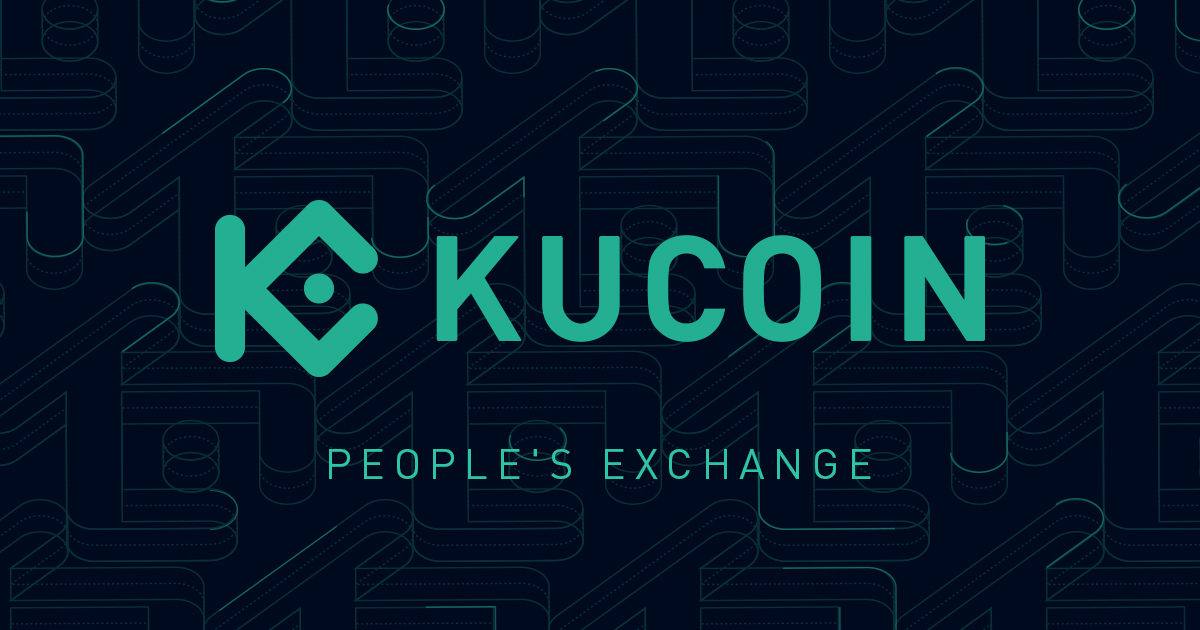
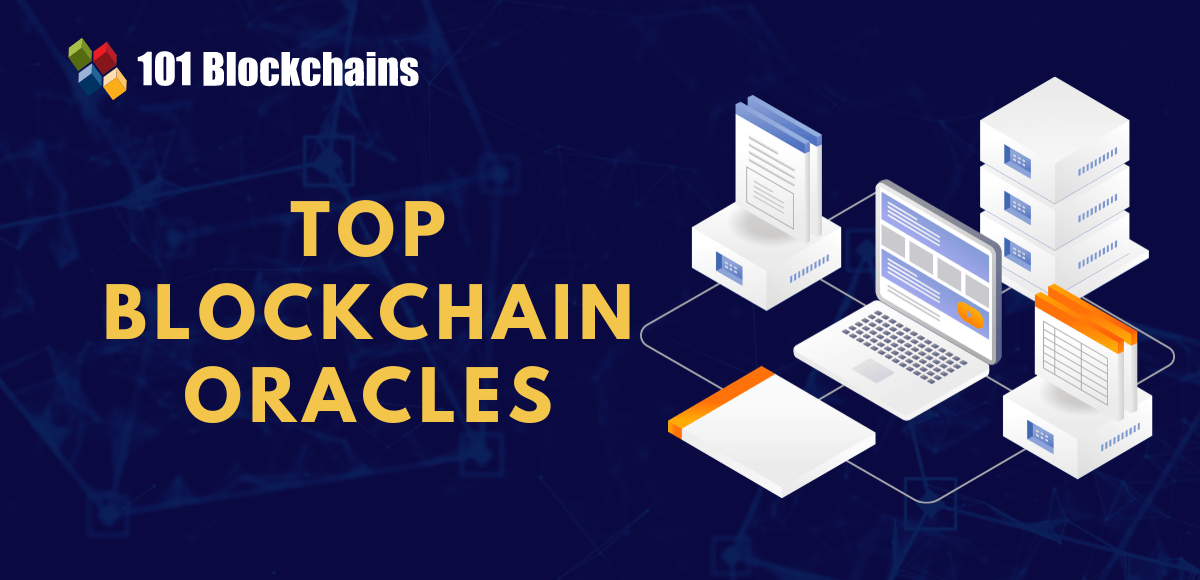
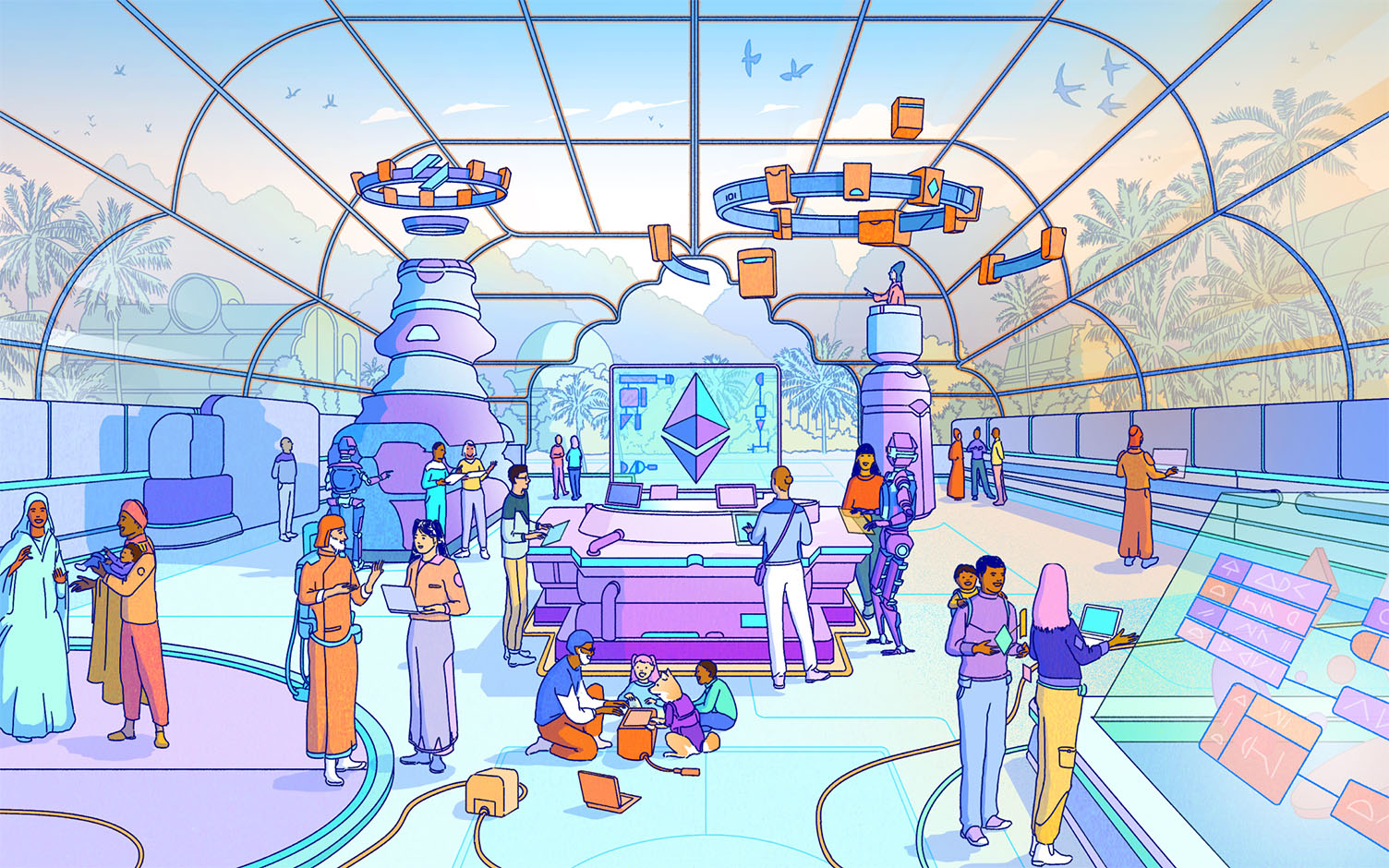
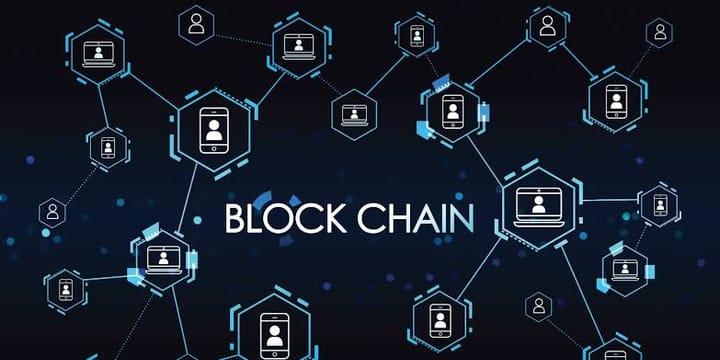
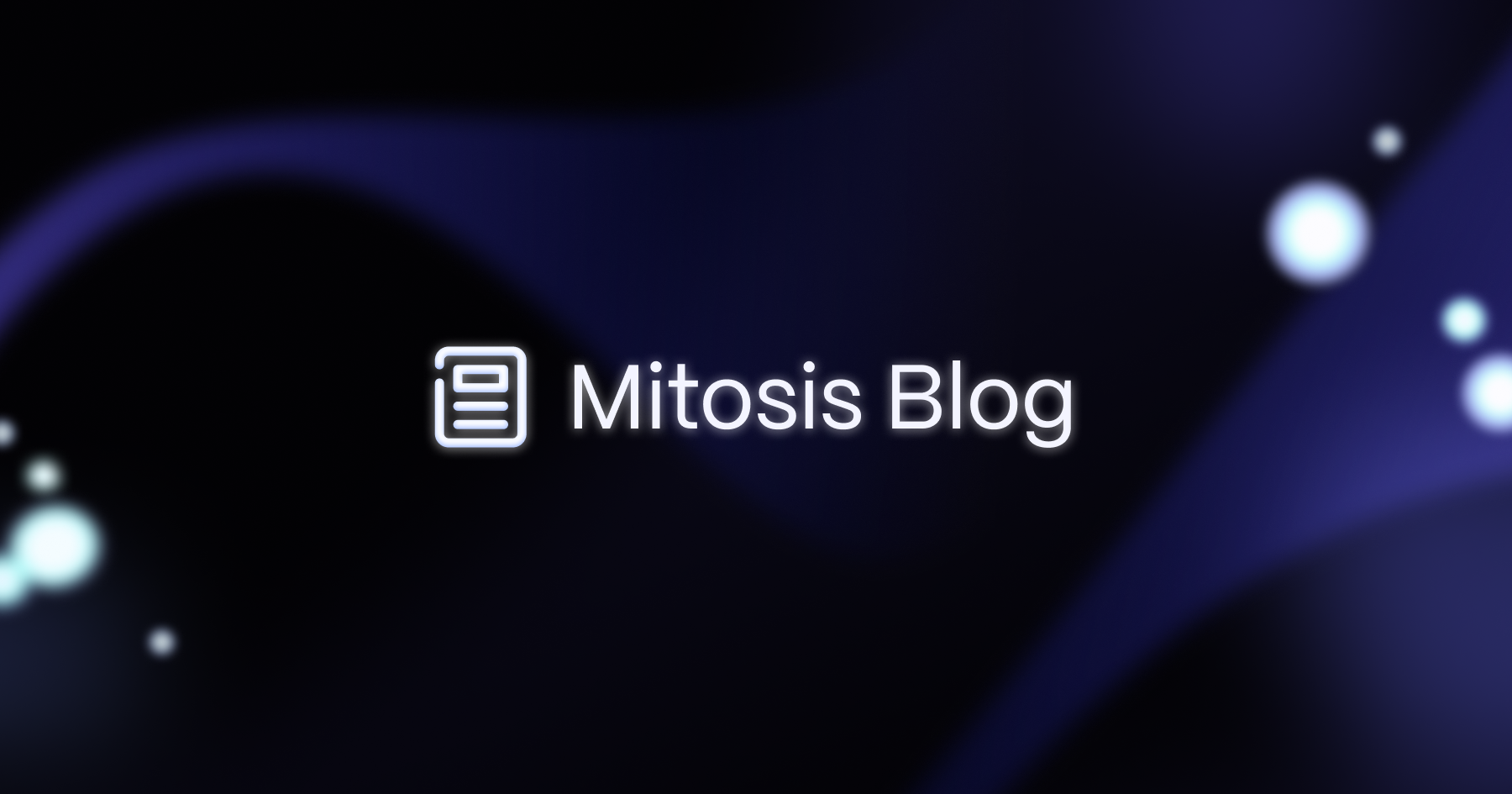
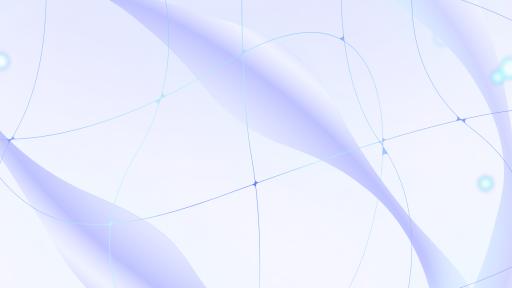


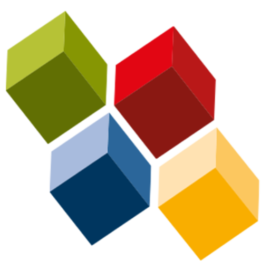
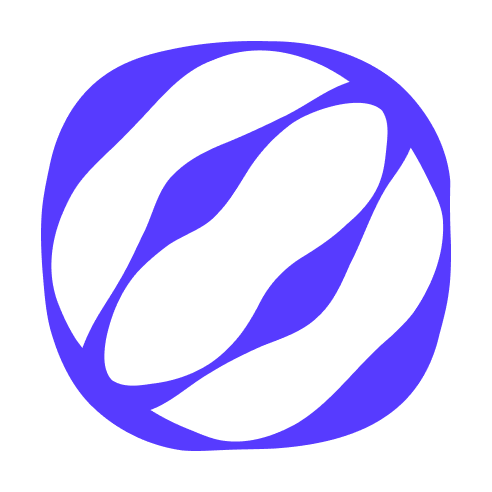
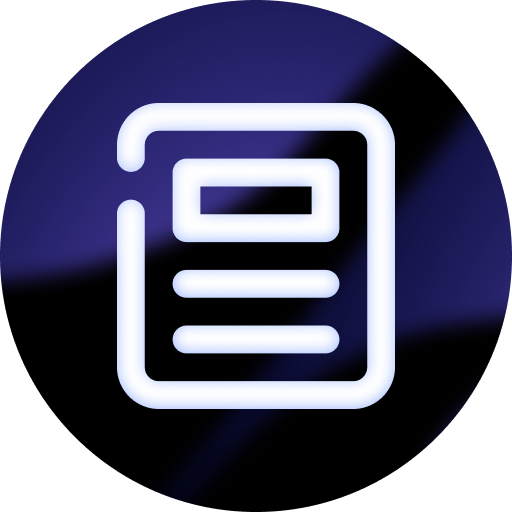

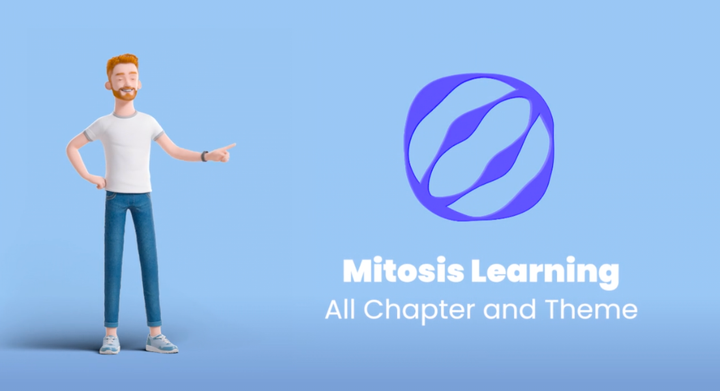
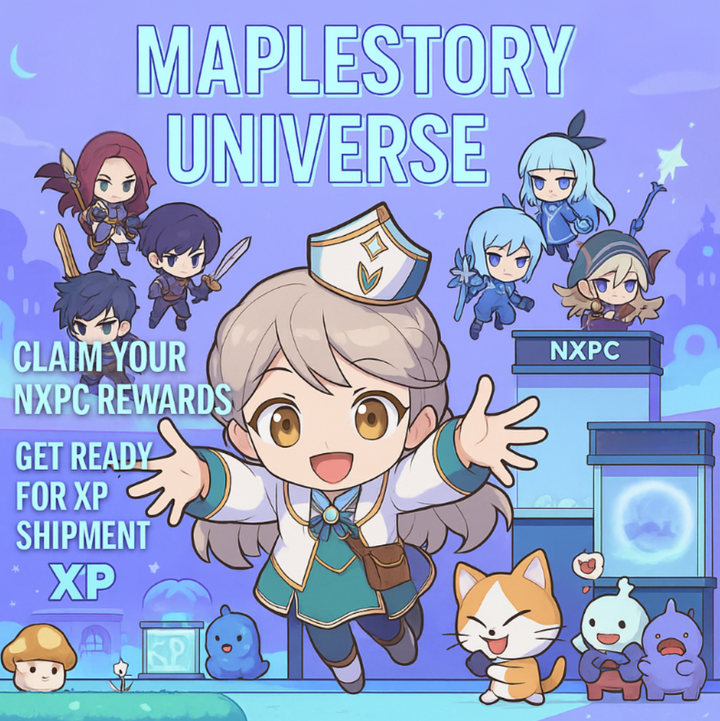
Comments ()